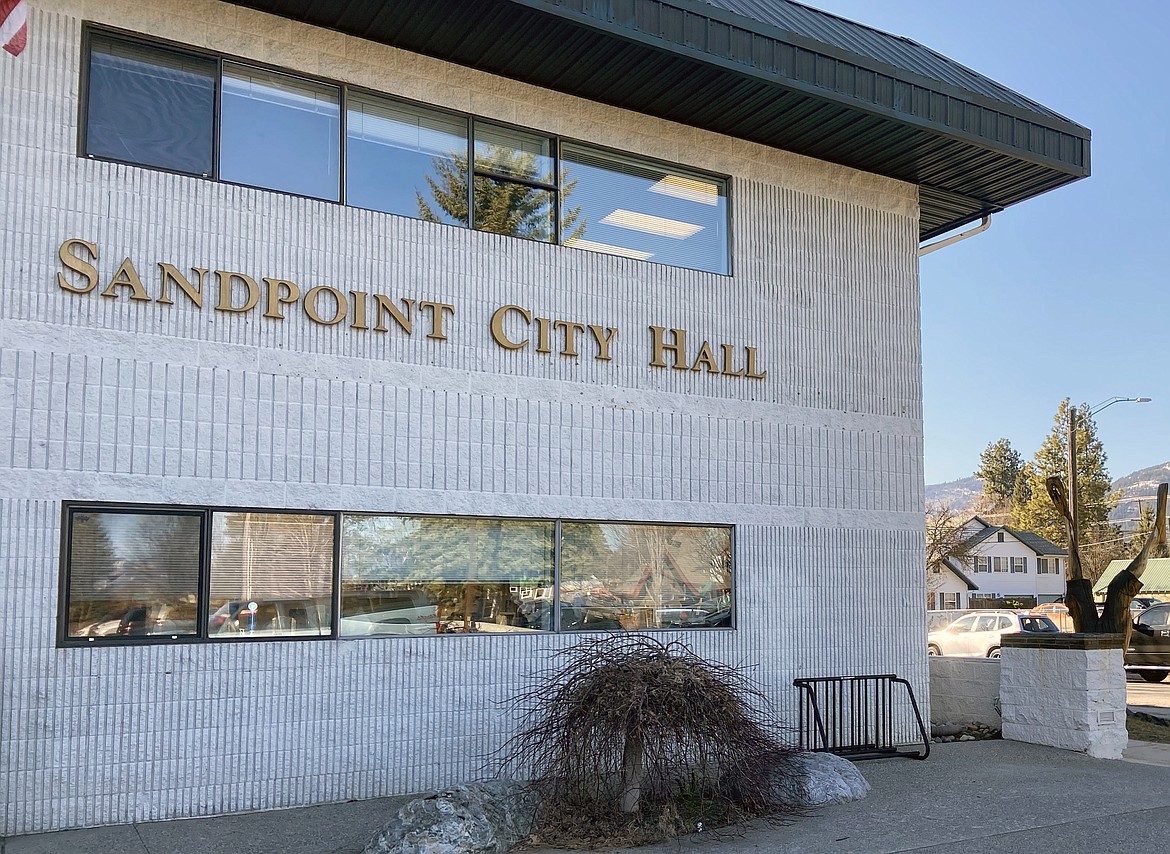City backs state’s tax relief efforts
SANDPOINT — Friday’s deadline for local governments to opt-in to Gov. Brad Little’s $200 million property tax relief program is quickly approaching. While Sandpoint City Council is one of many communities who have agreed to abide by the state’s conditions, others have argued that Little’s plan would be a detriment to rural communities and questioned its legality altogether.
The property tax relief plan was proposed over one month ago, offering coverage of local public safety personnel salaries to participating cities and counties, professionals who have been largely effected by the COVID-19 outbreak.
“Our focus is to support our communities and our police, fire, and EMS personnel and ensure there are no reductions in public safety during these unprecedented challenges,” Little said in a press release. “I appreciate the cities and counties working with us to ensure the resulting budget savings are given back to the people of Idaho in the form of property tax relief rather than backfilling local government budgets.”
Sandpoint City Council voted unanimously to provide tax relief for residents at the June 17 city council meeting and adopted the state’s two terms of agreement — the city will not increase their property tax budget by the allowed three percent for Fiscal Year 2021 and will not levy any of its forgone funds from previous years.
City Administrator Jennifer Stapleton recommended participation in the program and the city has already authorized its notice of intent. She said Sandpoint’s budget can stand alone without the added three percent increase in property taxes or the boost in forgone funds.
“We are confident that we will be providing the council with a balanced budget for consideration [in July] that maintains or improves our existing service levels and anticipates capital improvement projects,” Stapleton said at the June 17 meeting. “The budget to be presented would not include an increase in property taxes and in addition we don’t intend to present a budget that includes any forgone levying authority. So, our recommendation to the city council is that you authorize our notice of intent to participate in this program to benefit our taxpayers.”
Since then, several prosecutors throughout the state submitted a letter to Little’s office and requested legal opinion from the U.S. Treasury Department and the Idaho attorney general’s office before moving forward with his plan. The letter written and submitted early June by Latah County Prosecuting Attorney William W. Thompson Jr. and Chief Civil Deputy Prosecuting Attorney Bradley J. Rudley was signed by over a dozen prosecutors in all different counties.
Thompson and Rudley said Little’s plan would “disproportionality affect rural counties with lower new construction rolls.” Both argued that the governor’s plan does not meet legal requirements for providing a rescue package.
“At a minimum, the divide between our respective interpretations of the U.S. Treasury FAQs evidence that they may not ultimately approve the program, at least in regard to the tax reduction conditions and the conclusion that the plan would constitute revenue replacement as prohibited by the FAQs,” the letter said.
Although the program is optional, the letter stated that many local governments will need the three percent increase this year. Thompson and Rudley said this plan would create an “inequitable situation for property taxpayers in those counties which need the increases to provide their services year after year.”
With the public demanding further legal opinion on Little’s plan, prosecutors involved have suggested a deadline extension from July 17 to July 24. The governor’s office has not yet responded to their request.
Little’s $200 million relief fund is part of Idaho’s $1.25 billion in federal Coronavirus Aid, Relief, and Economic Security (CARES) Act funds. According to the governor’s website, the U.S. treasury allows these funds to cover the payroll for public health and safety personnel.
Local governments under this plan would be able to save budgetarily and then pass along benefits to their residents in the form of property tax relief.
Stapleton said that the combined savings with the allowed three percent property tax increase and forgone funds is just under $139,000 for the city. Mayor Shelby Rognstad spoke in favor of the program and the city’s relentless financial efforts at the June 17 meeting.
“It’s great, especially in the time of an economic downturn that we have the opportunity to offer a tax break to our residents like this,” Rognstad said. “I just think this speaks to how well the city has budgeted and financial planning for the last four or five years.”
Aly De Angelus can be reached by email at adeangelus@bonnercountydailybee.com and follow her on Twitter @AlyDailyBee.

